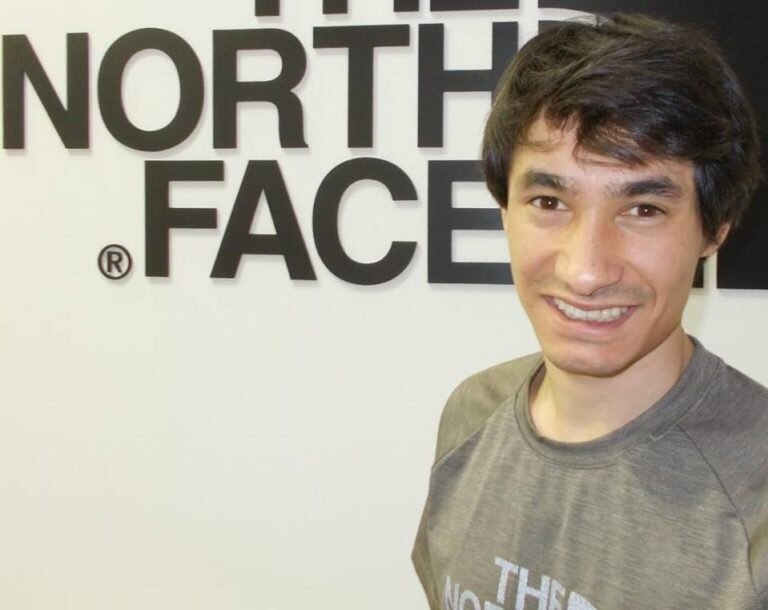

John thought there were a number of possible explanations, not all of them dire. The next morning, when Jess still hadn’t checked in, Joyce spoke with Jess’s dad, John, a renowned climber himself. Joyce tried to reassure her, but Alli spent a sleepless night waiting for news.

Jess had not yet checked in by InReach messenger, as he usually did. on Wednesday, April 17, Roskelley’s wife, Allison, texted his mother, Joyce. Traveling early in the day is recommended, as conditions can change rapidly.”Īround 2 A.M. On Monday evening, Parks Canada indicated spring conditions for Howse, a typical if somewhat vague rating for that time of year: “The avalanche danger is variable and can range from Low to High. They had all completed longer, more difficult, and objectively more dangerous climbs. M-16 was bigger and bolder than those two routes but well within the climbers’ proven ability. (Jess Roskelley)īy mid-April, the trio had completed some solid climbs around Canmore, including a dramatic frozen waterfall called Nemesis and the Canadian Rockies classic Andromeda Strain. The image was recovered from Roskelley’s phone. From left: Roskelley, Auer, and Lama on the summit of Howse Peak. The Canada trip was a chance to sort out any problems. For a third attempt, Auer and Lama thought that their new teammate Roskelley might be a better fit. On the second, the project disintegrated before they reached base camp, when they got the news of a friend’s death and lost the desire to continue. On their first trip, they were stormed off a few thousand feet from the summit.

Lama and Auer had already attempted it twice, in 20, with another Austrian, Alex Blümel. The three had been discussing an attempt on the southeast ridge of Annapurna III, one of the great unclaimed prizes left in the Himalayas. The men were set up for a month in Canada-a comfortable base from which they could launch alpine sorties, shake down new gear, and dream up big projects. They became friends through the North Face, hanging out at trade shows and company gatherings, chatting enthusiastically about potential trips. This trip was the first time that Lama, Auer, and Roskelley had all climbed together. Roskelley had recently told his younger sister, Jordan, a yoga instructor who works with the Gonzaga men’s basketball team: “If those guys make a mistake, they lose a game. The margin of error is alarmingly thin, and the sport has a long roster of casualties. First ascents are cherished, though repeating lines of significant difficulty also earns respect. Proper progression involves climbing light and fast, with minimal gear and maximum self-sufficiency. It hardly resembles what most people recognize as mountaineering these days, which is to say the sad circus on Mount Everest or the trade routes on Mount Rainier and Mount Hood. All three were members of the North Face climbing team, a storied group of mountain athletes created in 1992 that includes luminaries like Conrad Anker, Peter Athans, Emily Harrington, Alex Honnold, and Jimmy Chin, among others.Īlpinism is climbing’s most demanding discipline, involving the most objective hazards on the most challenging routes of steep, often fragile snow, ice, and rock. The trio had been in the area for almost a month, staging out of a condo in Canmore. On Monday, April 15, 2019, three of the best alpinists in the world-David Lama, 28, from Innsbruck, Austria Hansjörg Auer, 35, from Umhausen, Austria and Jess Roskelley, 36, from Spokane, Washington-skied to Howse and set up a tent in a snow-filled basin, with plans to attempt M-16, or a variation of it, early the next morning. One of the men, Steve House, later wrote that the climb entailed “one of the hardest pitches of my life.” Its most fearsome route, M-16-echoing the name of the machine gun, because of the frozen detritus that routinely showers down it-has only been completed once, 20 years ago, by a three-man team during a perilous five-day effort. Only the most serious climbers would consider ascending its east face, a sheer 3,000-foot wall of sedimentary rock marbled with an intricate network of snow and ice. The area is remote, no cell service or snack bars, although Howse is plainly visible from lonely Icefields Parkway, which bisects Banff just a few miles from the mountain. Howse Peak is a 10,800-foot twin-tipped spire rising from the Continental Divide between British Columbia and Alberta’s Banff National Park.


 0 kommentar(er)
0 kommentar(er)
